Typhoon Fung-wong has moved away from the northwestern Philippines after carving out a trail of devastation, leaving at least 10 people dead and 1.4 million displaced. The intense tropical storm, known in the Philippines as Super Typhoon Uwan, was forecast to head northwest towards Taiwan.
According to reports, the storm's powerful winds and heavy rainfall caused widespread destruction, particularly in the northern provinces of the Philippines. The National Disaster Risk Reduction and Management Council (NDRRMC) confirmed that at least 10 people lost their lives due to the typhoon, while over 1.4 million were forced to evacuate their homes. The NDRRMC also reported that over 200,000 homes were damaged or destroyed, leaving thousands of families without shelter.
"It's a challenging situation for us," said Mark Timbal, spokesperson for the NDRRMC. "We're doing our best to provide assistance to those affected by the typhoon, but it's a massive undertaking." Timbal added that the government is working closely with local authorities and international partners to provide relief and support to those in need.
The Philippines was still reeling from the effects of Typhoon Kalmaegi, which struck the central provinces just a week earlier, killing at least 232 people. The back-to-back typhoons have raised concerns about the country's vulnerability to natural disasters and the need for more effective disaster preparedness and response measures.
The Philippines is one of the countries most prone to natural disasters, with an average of 20 typhoons hitting the country every year. The country's geography, with its long coastline and mountainous terrain, makes it susceptible to landslides, flooding, and storm surges.
As the Philippines continues to recover from the devastating effects of Typhoon Fung-wong, experts are warning of the need for more sustainable and climate-resilient infrastructure. "We need to invest in climate-resilient infrastructure that can withstand the increasing frequency and intensity of natural disasters," said Dr. Maria Paz Luna, a climate scientist at the University of the Philippines. "This includes not only buildings and roads but also social protection programs that can help vulnerable communities adapt to climate change."
The Philippine government has announced plans to establish a climate change adaptation and resilience program, which will provide funding and support for communities to develop climate-resilient infrastructure and implement climate-smart agriculture practices. The program is expected to be launched in the coming months.
As Typhoon Fung-wong moves away from the Philippines, the country is left to pick up the pieces and rebuild. The government and international partners are working together to provide relief and support to those affected, but the road to recovery will be long and challenging.






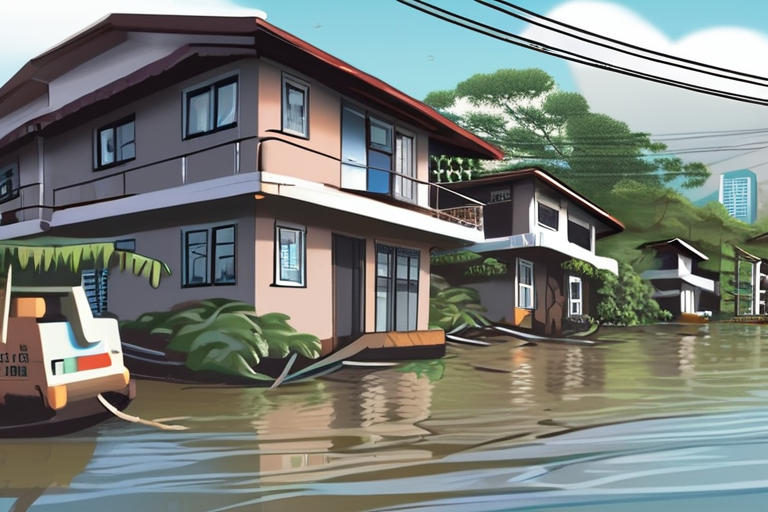

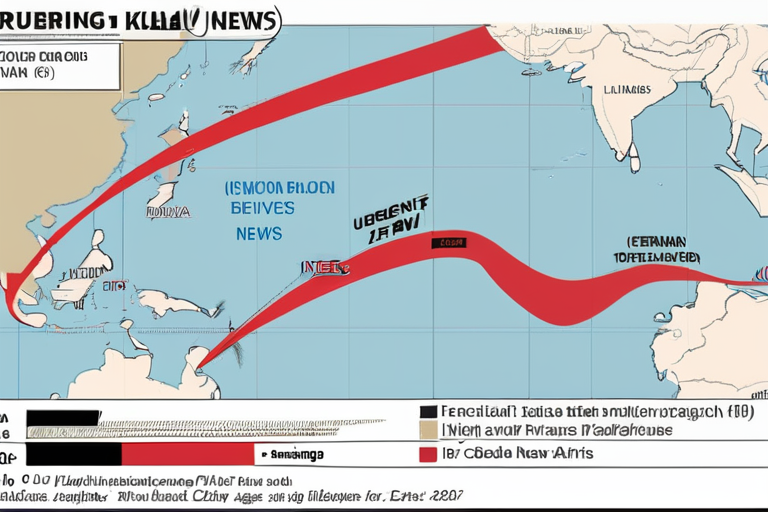







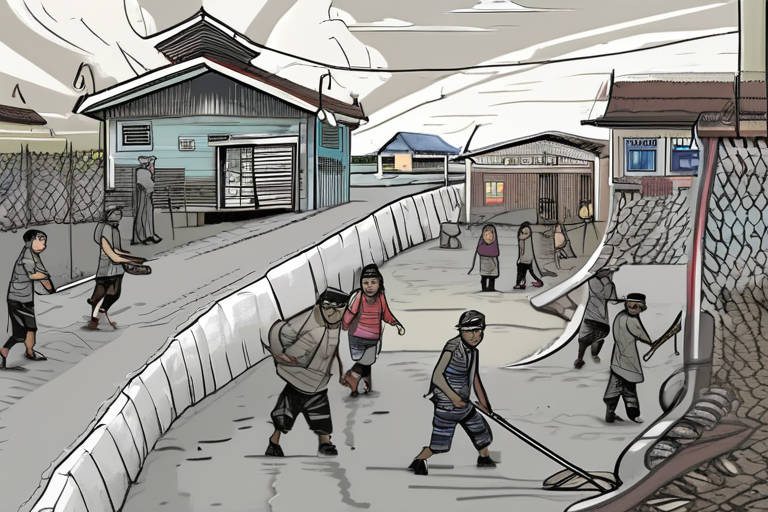


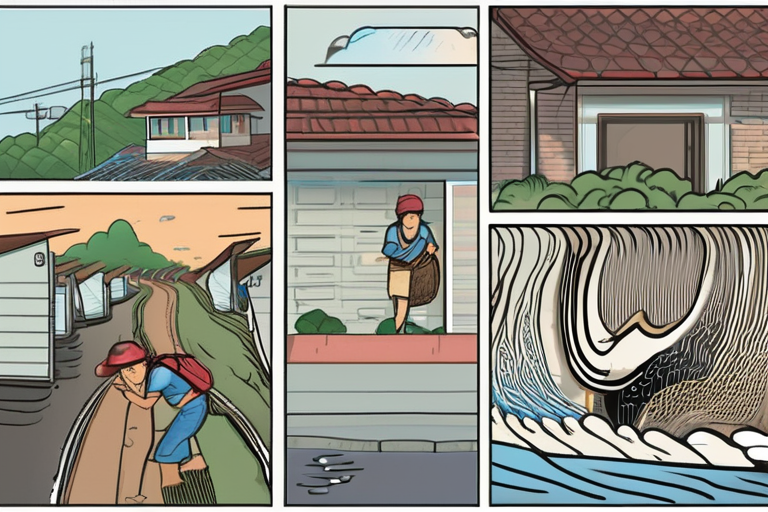
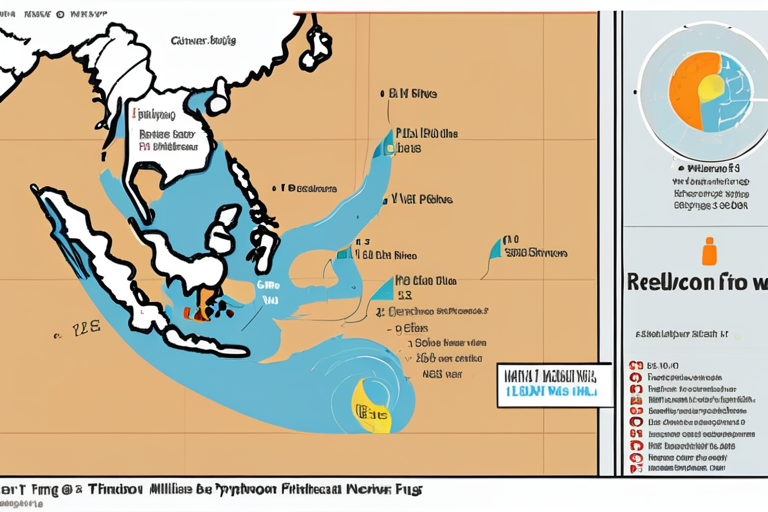




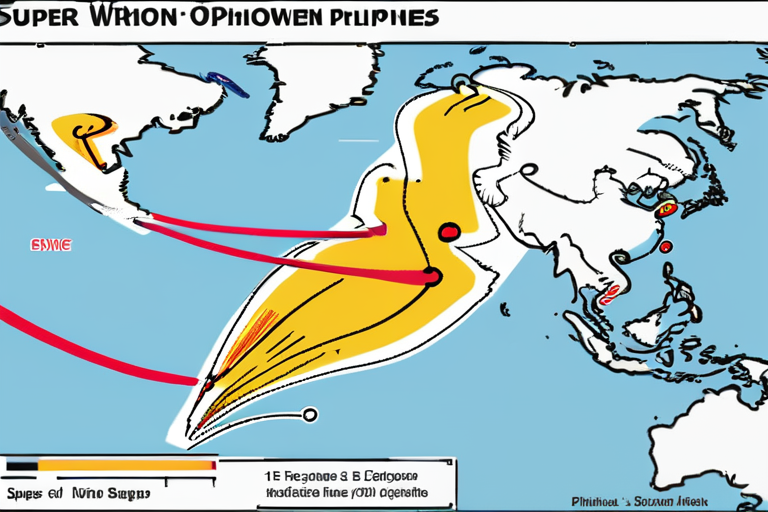

Share & Engage Share
Share this article